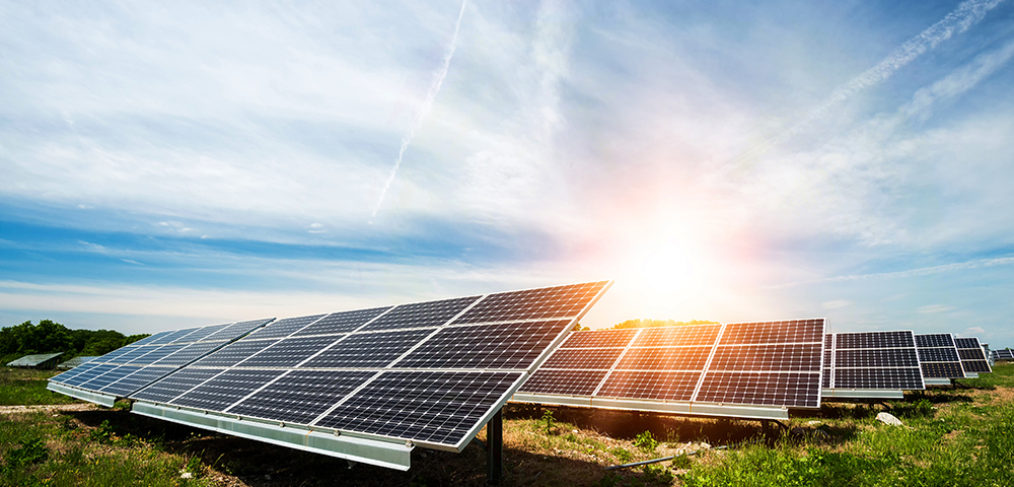So much of the discussion around clean energy currently focuses on climate change and pricing, but we shouldn’t forget another important reason to “go green” – pollution. Fossil fuels and nuclear produce dangerous pollutants which have a direct impact on our health and the sustainability of our planet.
Coal
- Coal use is declining, but we still get almost 30% of the country’s power from it.
- Coal extraction uses harmful techniques such as mountaintop removal and strip mining, which pollutes water sources and damages ecosystems.
- Underground coal mines pose threats to safety from collapse and methane leaks.
- Burning coal releases heavy metals such as mercury, as well as sulfur dioxide, nitrogen oxides, and particulates
- These pollutants are linked to respiratory illness, neurological damage, smog and acid rain.
Natural Gas
- Natural gas burns cleaner and more efficiently than coal, but it still emits pollutants and accounts for about 32% of our energy.
- The extraction of natural gas can be problematic.
- Laying pipelines to transport natural gas requires clearing land, and when the pipelines leak they release methane, a strong greenhouse gas.
- Hydrogren sulfide is burned off, or “flared,” when extracting natural gas, which releases varying pollutants
- Hydraulic fracturing, commonly referred to as fracking, uses a fluid that contains unknown chemicals – only 28 states require the disclosure of some of the chemicals in fracking fluid. This fluid can leak and pollute water supplies.
- Fracking has also resulted in earthquakes at wastewater injection sites.
Nuclear
- Some says nuclear energy could help with climate change, but we should not take the potential health risks lightly.
- Used nuclear fuel emits dangerous levels of radiation long after it’s used and there is currently no long-term solution on where and how to store this waste.
- Nuclear meltdowns may be relatively infrequent or unlikely, but when they happen they’re disastrous.
- Incidents like Fukushima and Chernobyl have a high human cost, and render cities uninhabitable for the foreseeable future.
Solar is a Solution
- The guaranteed lifespan of solar panels is twenty to twenty-five years, which is much better than many consumer electronics such as cell phones or laptops, and in many cases they can be recycled.
- Using the sun for energy doesn’t emit water, air, or carbon pollution.
—
You can help Fight Climate Change by joining a Community Solar Farm.










